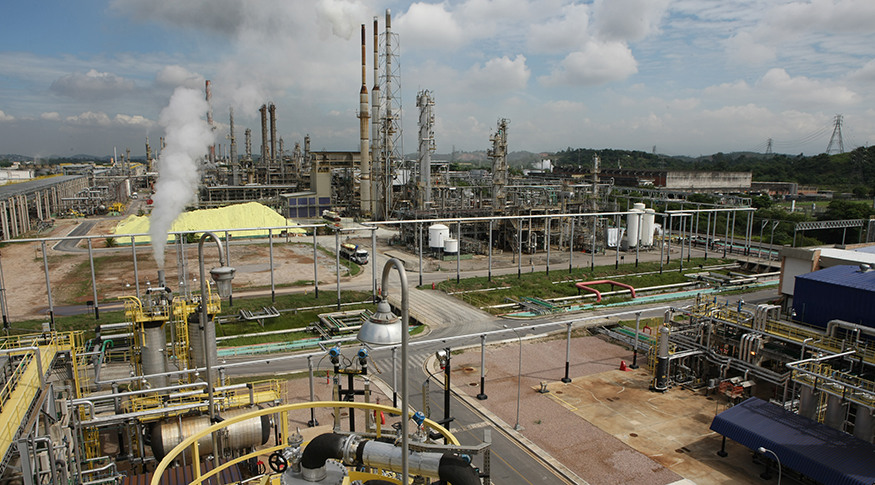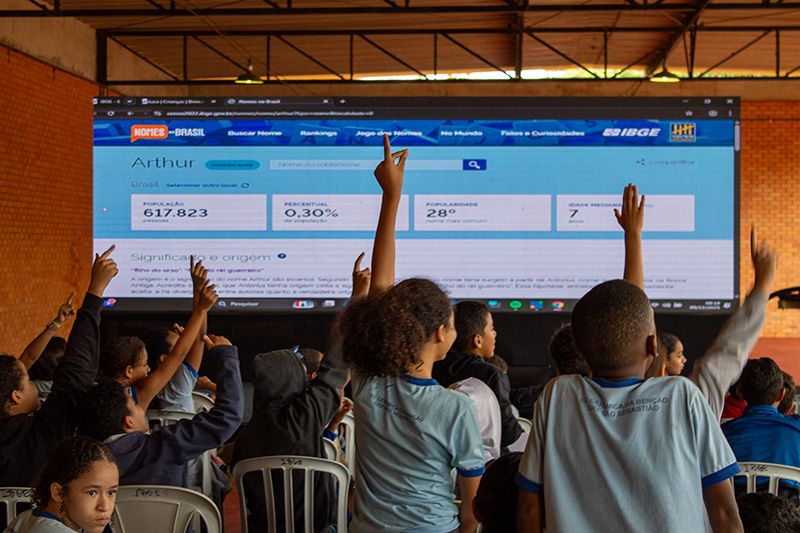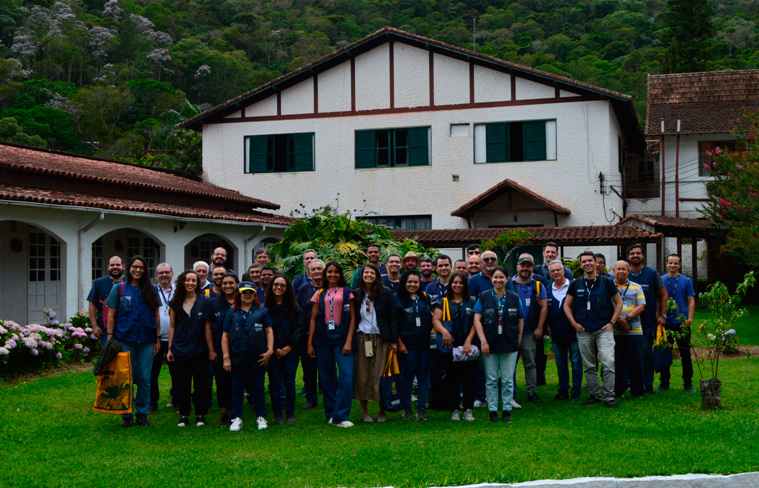IPP
Inflation in industry has record drop, stays at -3.11% in August
September 28, 2022 09h00 AM | Last Updated: September 28, 2022 01h12 PM

The prices in the industrial sector registered -3.11% in August 2022 in relation to July, the biggest negative change since the beginning of the time series in 2014. The change had been 1.13% between June and July. The index that registers the last 12 months recorded a rate of 12.16%. It had been 17.94% in July. The cumulative indicator in the year reached 7.91%.
The highlight was the industry of petroleum refining and biofuels, the second biggest change (-6.99%) and the greatest influence (-0.95 p.p.) on the change of -3.11% of the overall industry. Other activities that stood out were food products (-0.88 p.p. of influence), mining and quarrying industries (-0.79 p.p.) and basic metals (-0.25 p.p.). The data are from the Producer Price Index - IPP, released today (28) by the IBGE.
“The cumulative index in the year of refining was 26.49% up to August; in the last 12 months, it rose 45.98%. They are the biggest changes in these indicators. Now in August it dropped (for the first time in 2022) -6.99%, reversing what was happening,” highlights Alexandre Brandão, manager of the IPP.
The IPP measures the change in prices of products at the "factory gate", without tax or freight, of 24 activities of mining and quarrying and manufacturing industries. Of them, 16 dropped. The four sectors with the biggest changes in absolute terms were: mining and quarrying industry (-14.18%); petroleum refining and biofuels (-6.99%); basic metals (-3.91%) and food products (-3.74%).
“Before the index of -3.11% in August, the lowest figure had been in November 2018 (-1.62%). In the last 37 months, a period that includes the pandemic, only two negative figures were recorded: the current one and that of December 2021 (-0.08%). On the one hand, the valuation of the real against the dollar explains the reduction to a great extent, which negatively impacts both the imports and exports prices,” explains Brandão.
Another effect is the reduction in the prices of crude petroleum oil and iron ore in the foreign market. The IPP manager highlights that these products cause a cascading effect in most parts of industry.
“The drop in crude petroleum oil will directly influence on the refining and other chemicals, as well as indirectly influence on other chains with the drop in the fuel prices. Whenever the prices of iron ore fall, they affect the sector of basic metals, especially the steel industry, which, in turn, will reach sectors like the manufacture of vehicles and house appliances,” completes Brandão.
Yet, there are other specific market issues like in the food sector, which concentrates most of the Brazilian industry. For example, after rising for months, the dairy sector cooled down in August.
“The four food products that mostly changed were milk products, which registered negative changes like cheese and “sterilized milk/UHT/long life milk”, whose prices were pressed by the lower demand. Besides the reduction in the demand, these products have been imported. Other segments increased the supply like, for example, chicken meat, causing the prices to drop,” highlights the IPP manager.
The drop in the industrial prices are not affected by the reduction of the ICMS, as the prices collected by the IPP are free from taxes.
More about the survey
The IPP aims at measuring the average change of sale prices received by the domestic producers of goods and services, as well as their evolution over time, signaling the short-term inflationary trends in Brazil. It is a key indicator for the macroeconomic follow up and, consequently, a valuable analytical instrument for decision makers, either public or private.
The survey investigates, in slightly more than 2,100 enterprises, the prices received by producers, free from tax, tariffs and freight, defined according the most usual commercial practices. Nearly 6 thousand prices are collected monthly. The complete tables of the IPP are available on Sidra.




















